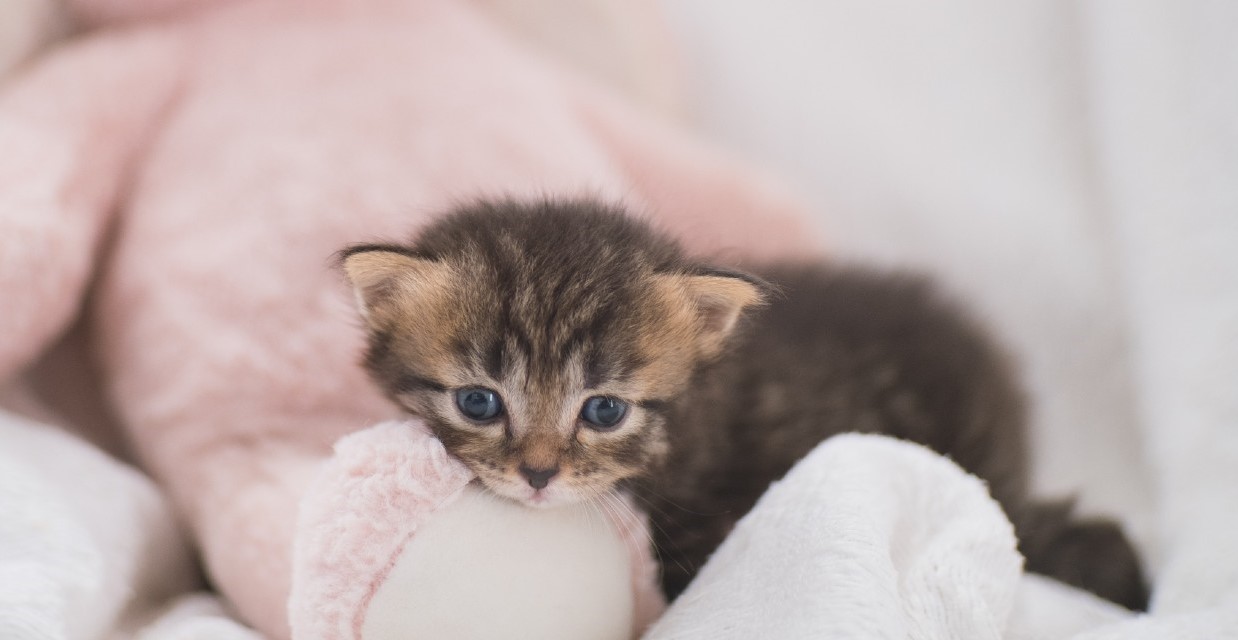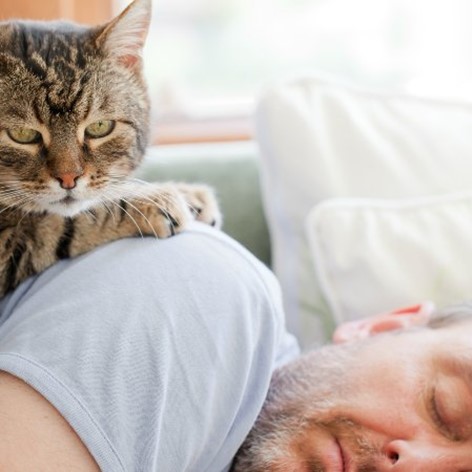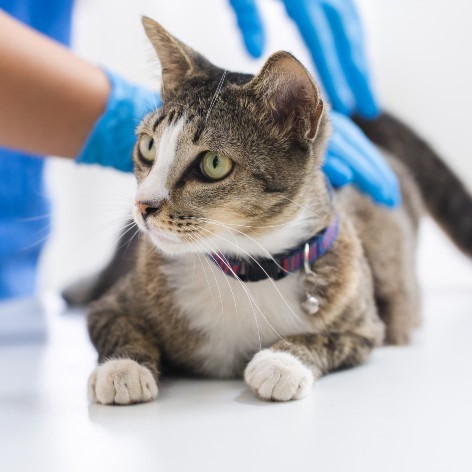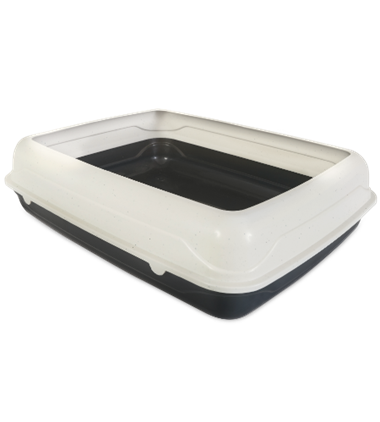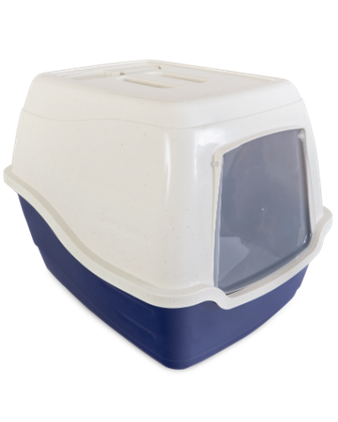Bringing home a new kitten brings a bundle of new responsibilities – and that’s just scratching the surface, because there’s one in particular you’ll probably want to get to, from the moment they steps into your home.
Litterbox training can take some time to learn, but if you follow our great-smelling tips, your ‘accident’-prone pal will be using that box like it’s second nature, in no time.
Before we begin our toileting tutorial, there are some kitty-steps you’ll want to keep in mind as your pint-size pal is learning the litterbox:
- Don’t allow your kitten full run of the house – it just gives them more places to ‘go’, so scratch that.
- Try to contain your kitten in the room you spend the most time in. This way, you can keep a cat’s eye on them while they're still deciding on where to do their ‘business’.
And just to make sure you’re safe from accidents in the very wrong place, it’s best to close all bedroom doors, and barricade other areas without doors.
Now that your home is good to go, here's some suggested steps.
Setting a Routine - How and Why
Begin by gently placing your kitten into the litterbox, a couple of minutes after they've finished eating, and a couple of minutes after they've woken from a sleep. While your kitten is in their litterbox - give them some time to sniff around and figure out what they want to do.
Cats, by instinct, actually prefer to bury their wee and poo – so you may be pleasantly surprised to see yours digging and scratching at the litter.
But don't stress if they don't, just gently take hold of their front paw and do a little digging and scratching demo for them. Your kitten should get the idea.
When your kitten uses the litterbox, give them lots of praise and some kitten treats. And if they're still struggling, patience is the key and try not to be forceful if they're not ready.
The best way to get your kitten well into the habit, try to place them into their litterbox at hourly intervals throughout the day. Even though it's unlikely that they'll want to go every hour, it reinforces the idea of what and where it is.
Accidents do happen and that's ok
In this early stage of their life, your kitten is learning a lot of significant things at once, so it’s only natural for ‘accidents’ to happen. And be warned that they're likely to be frequent at first. So just be prepared to watch your kitten carefully at all times.
And if you sense a squat coming on then gently pick them and place them in their litterbox.
The good news is that once your kitten has used their litter tray, the smell of urine that is left behind will encourage them to come back next time.
Picking your Litter
Not all cat litter is the same, so it’s hard to know which one’s right for you and your kitten. Here's a very brief summary:
- Clay or Natural litters are usually the safest options for kittens.
- For adult cats with litterboxes in inside spots, crystal or clumping litters are great options.

